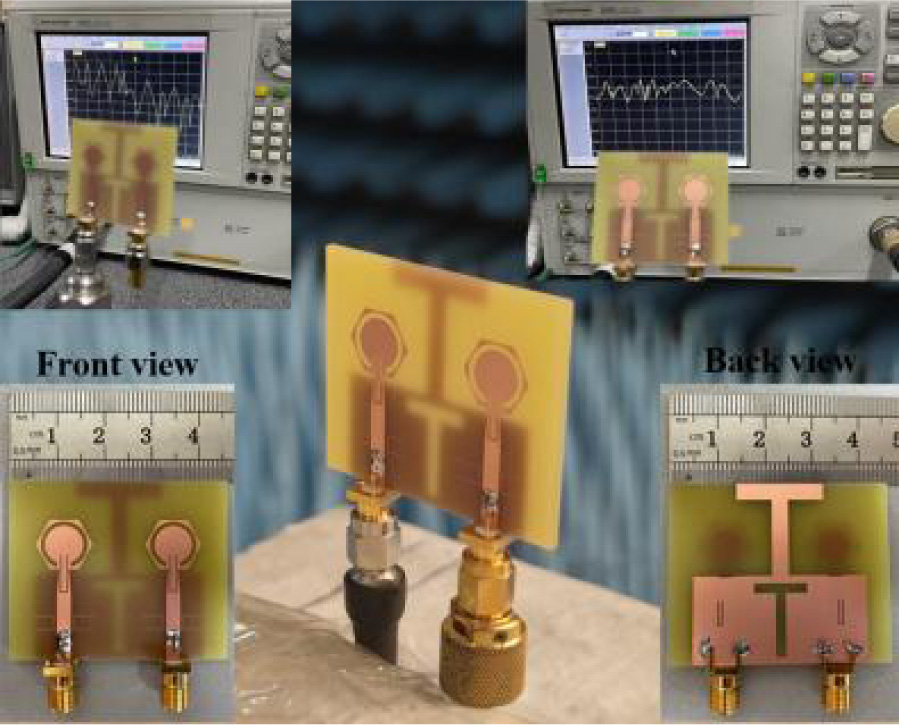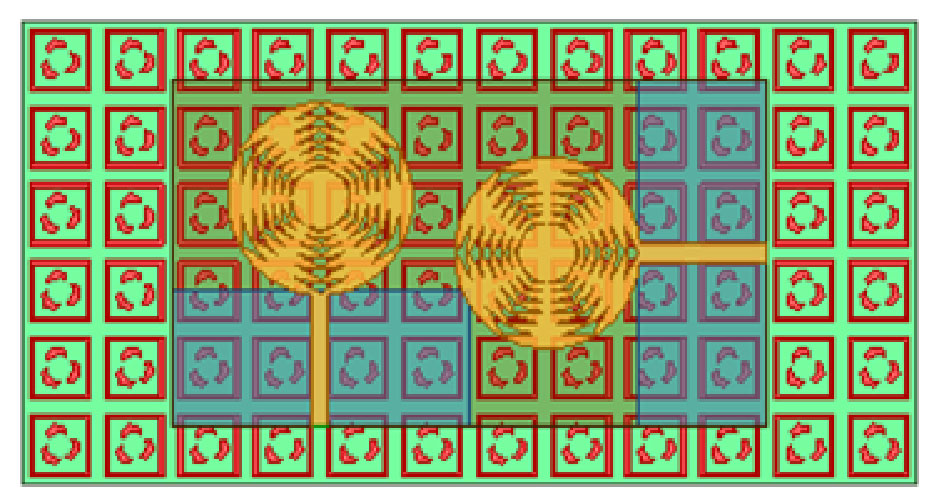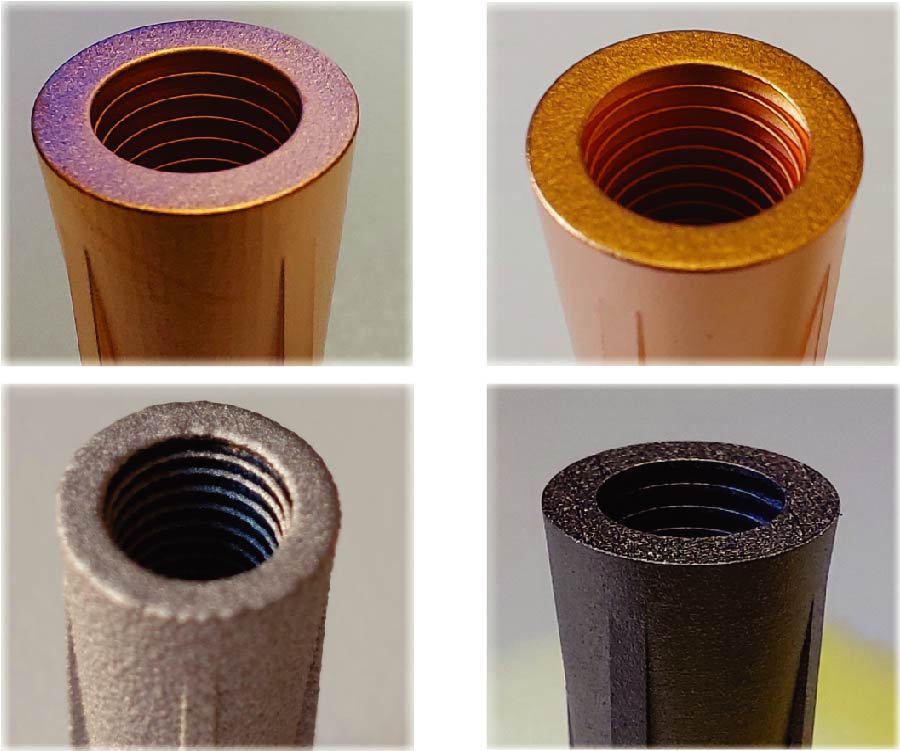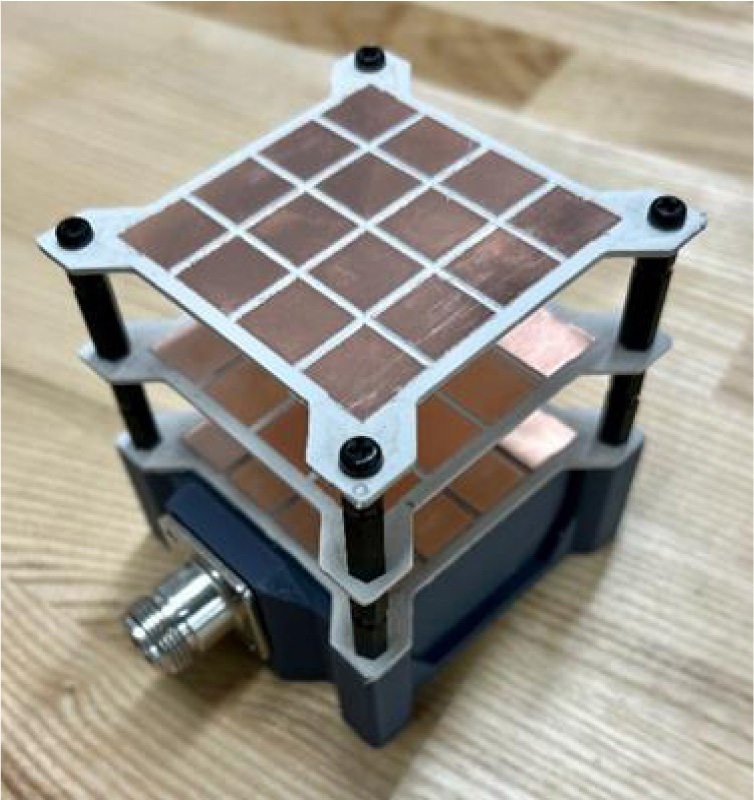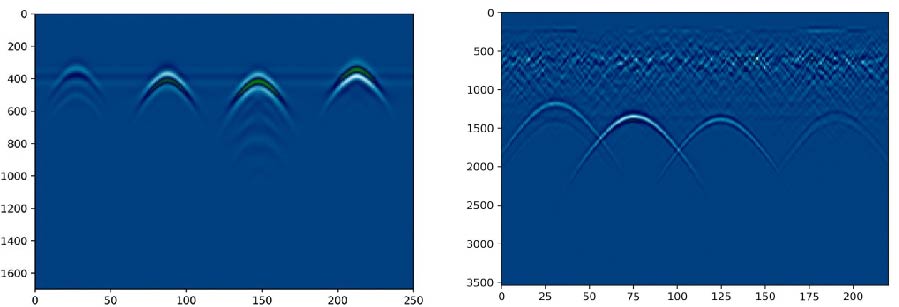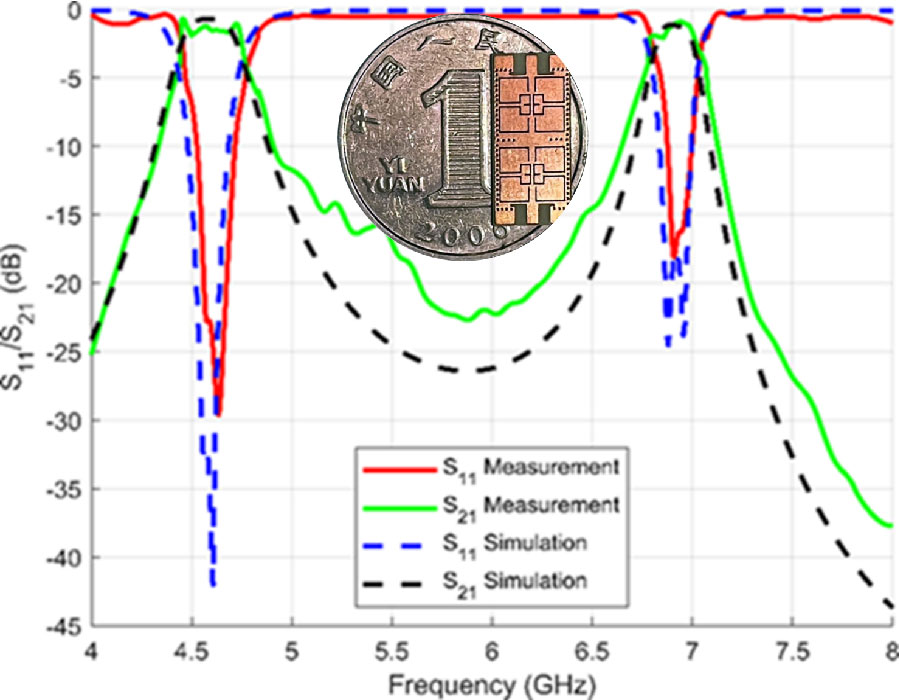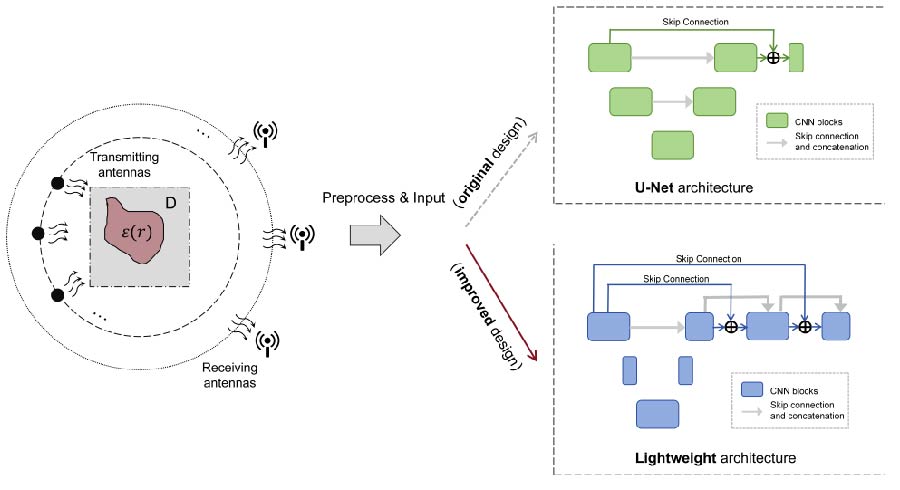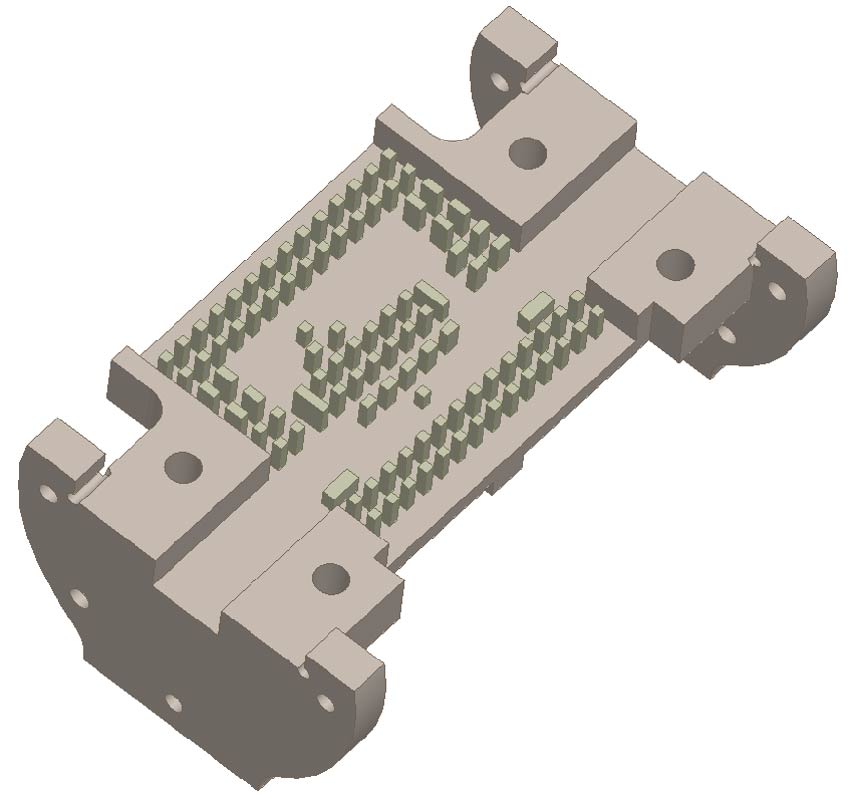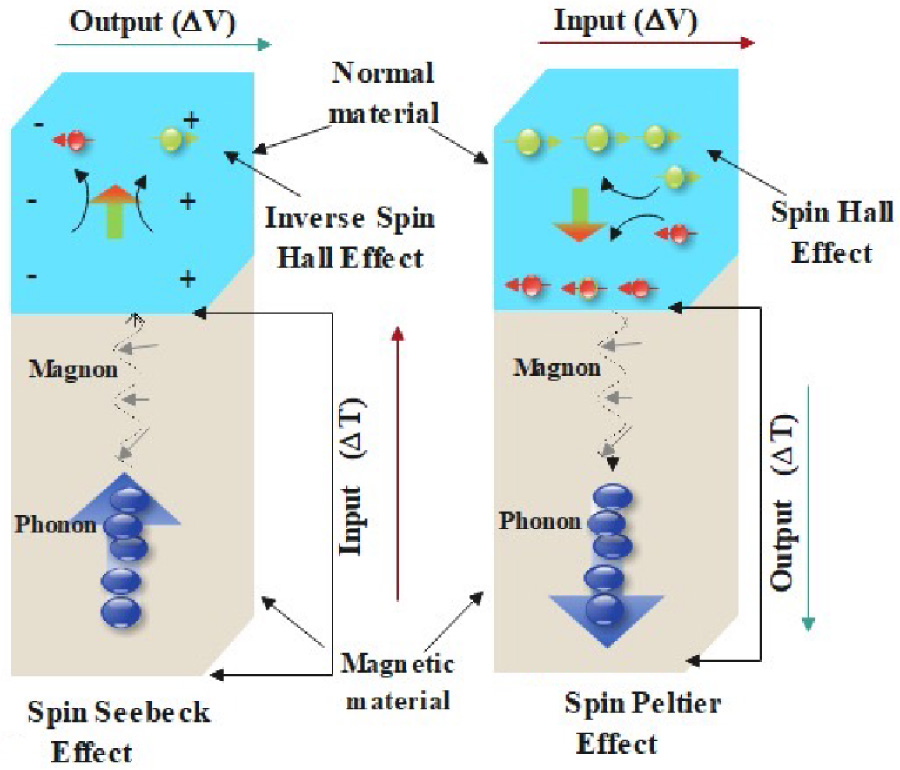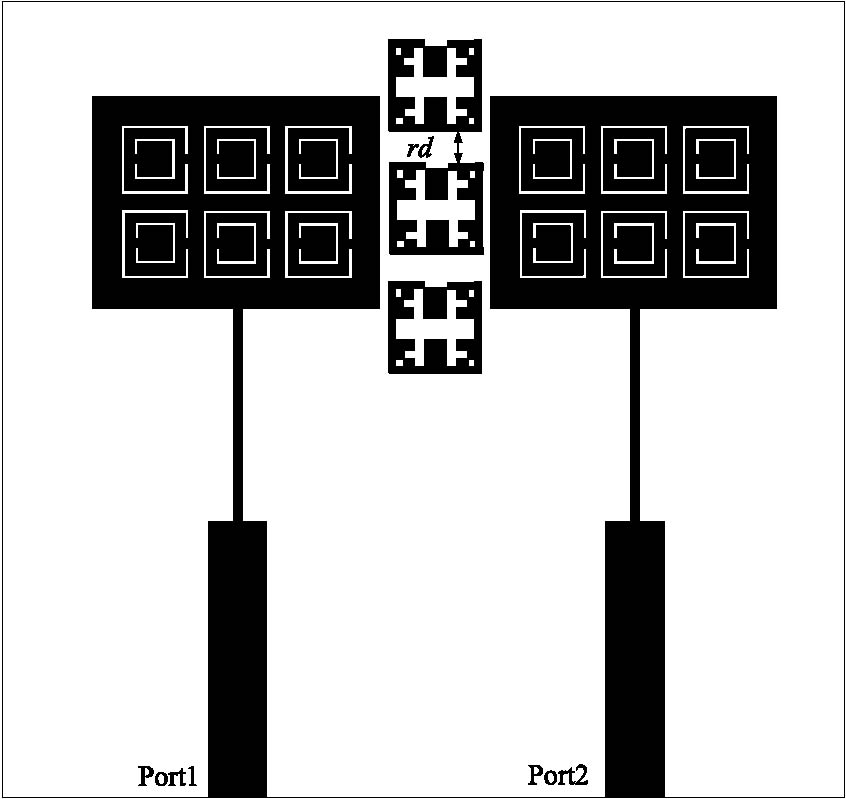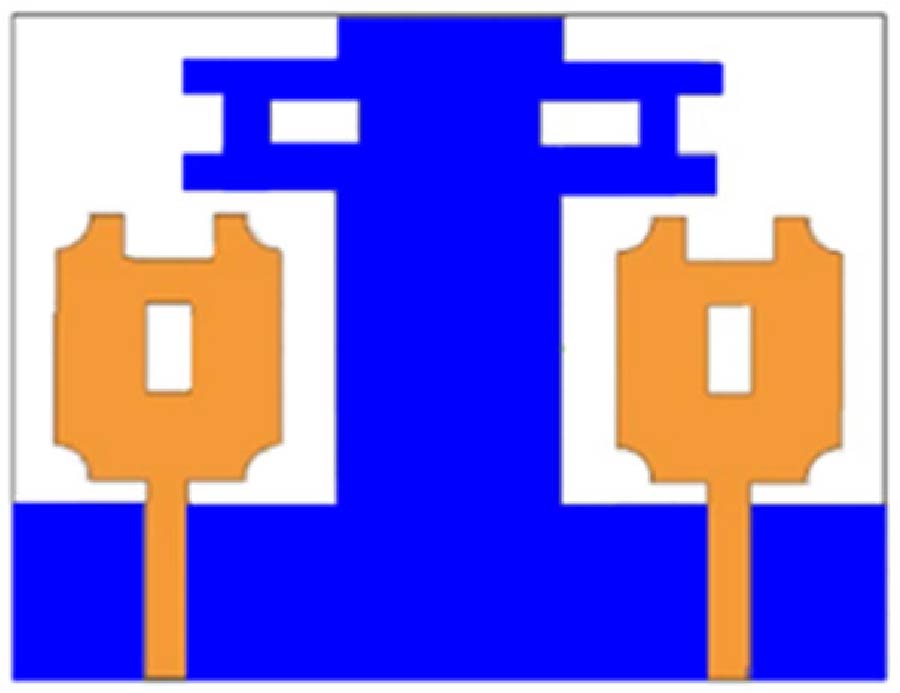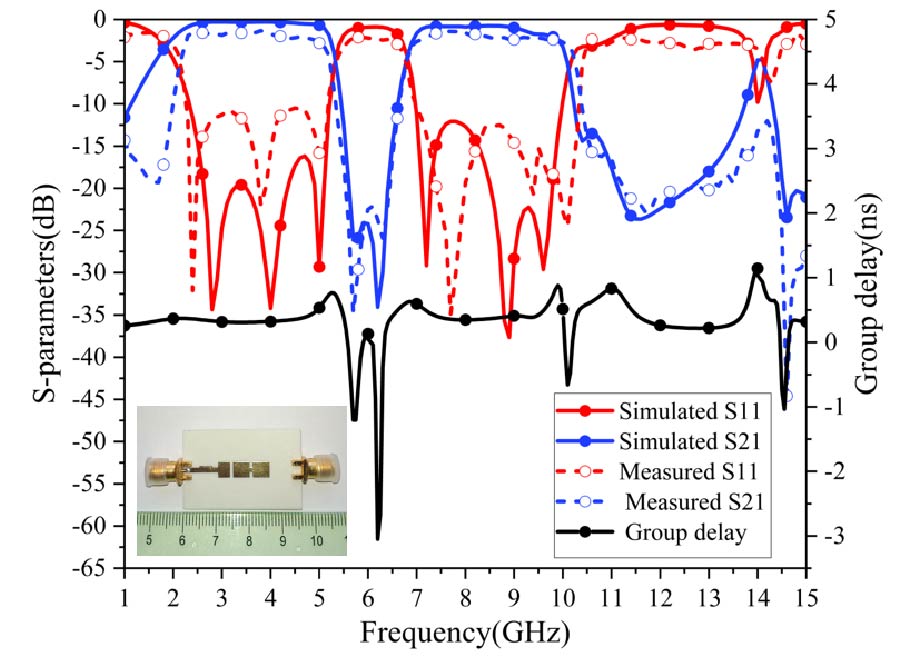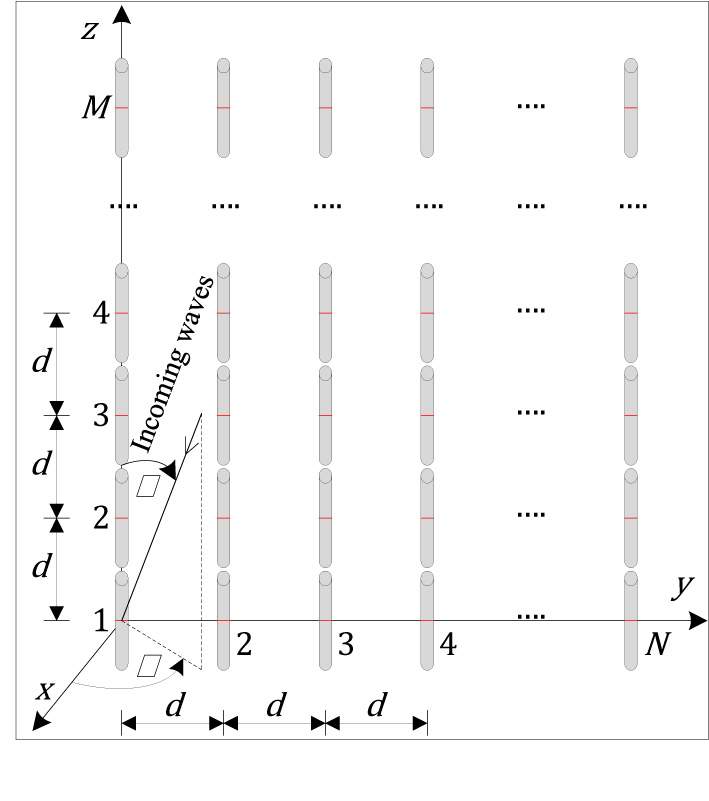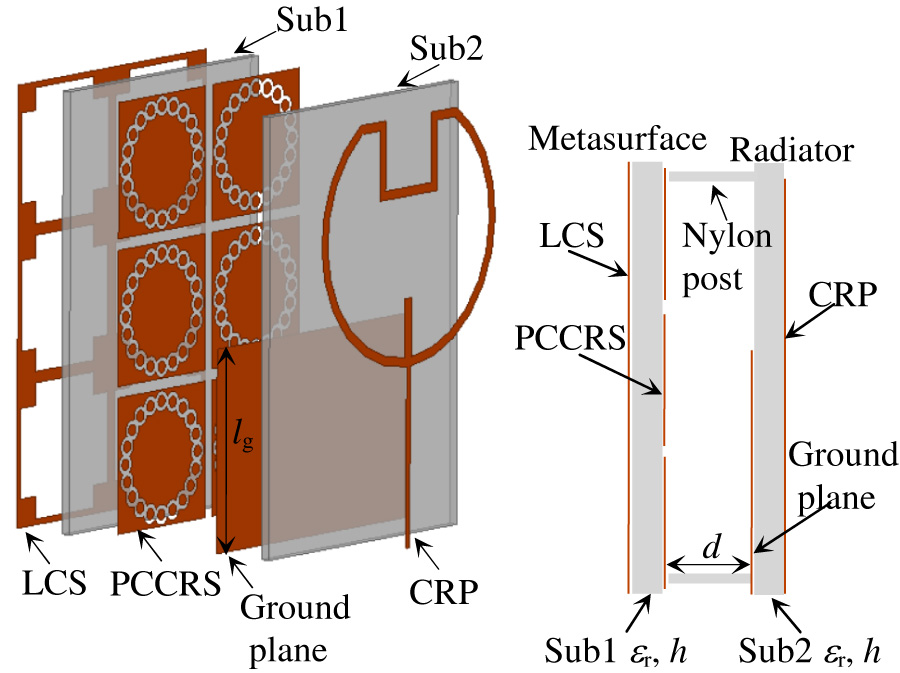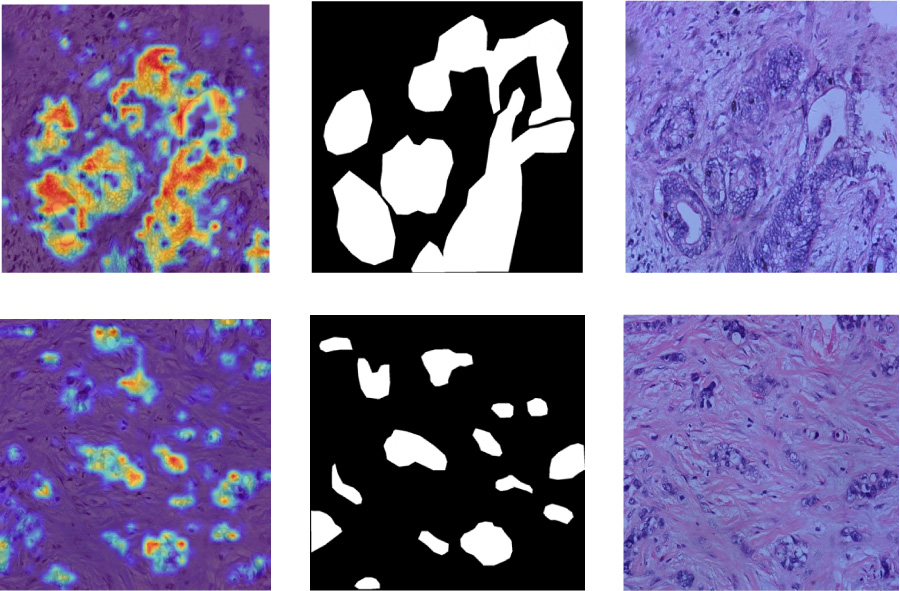Two-Port Hexagon-Shaped MIMO Antenna for UWB Applications Integrated with Four Frequently-Used Stopbands for Medical Domains
Liangliang Zhao,
Aidong Li,
Yongmao Wang,
Dengyang Song,
Mingxuan Zheng,
Chenlu Liu,
Chuwei Li,
Yongtao Liang,
Huiling Zhao and
Chufeng Hu
A compact ultra-wideband (UWB) multiple-input multiple-output (MIMO) antenna with four stopbands is designed and experimentally investigated. By the method of coating, various T-shaped structures and split-ring resonators (SRRs) are used for suppressing the mutual coupling and introducing the band-notched characteristics, respectively. The actual design has an overall size of 46 × 37 × 1.57 mm3 across the whole UWB spectrum from 2 to 22 GHz except stopbands from 3.47 to 3.83 GHz, 5.2 to 5.85 GHz, 7.19 to 7.84 GHz, and 8.15 to 8.6 GHz, which prevent the interference of Microwave Access (WiMax), wireless local area network (WLAN), satellite downlink and satellite communications band (ITU 8 GHz) bands, respectively. Besides, the isolation of the most operating frequencies is higher than 20 dB, and the antenna obtains a fairly stable radiation pattern and gain, as well as a lower envelope correlation coefficient (ECC < 0.005). Additionally, using the antenna inserted in name badge of the doctor, the chance of infection will be greatly reduced. Ultimately, the proposed MIMO monopole antenna has a potential application in the medical domain.
